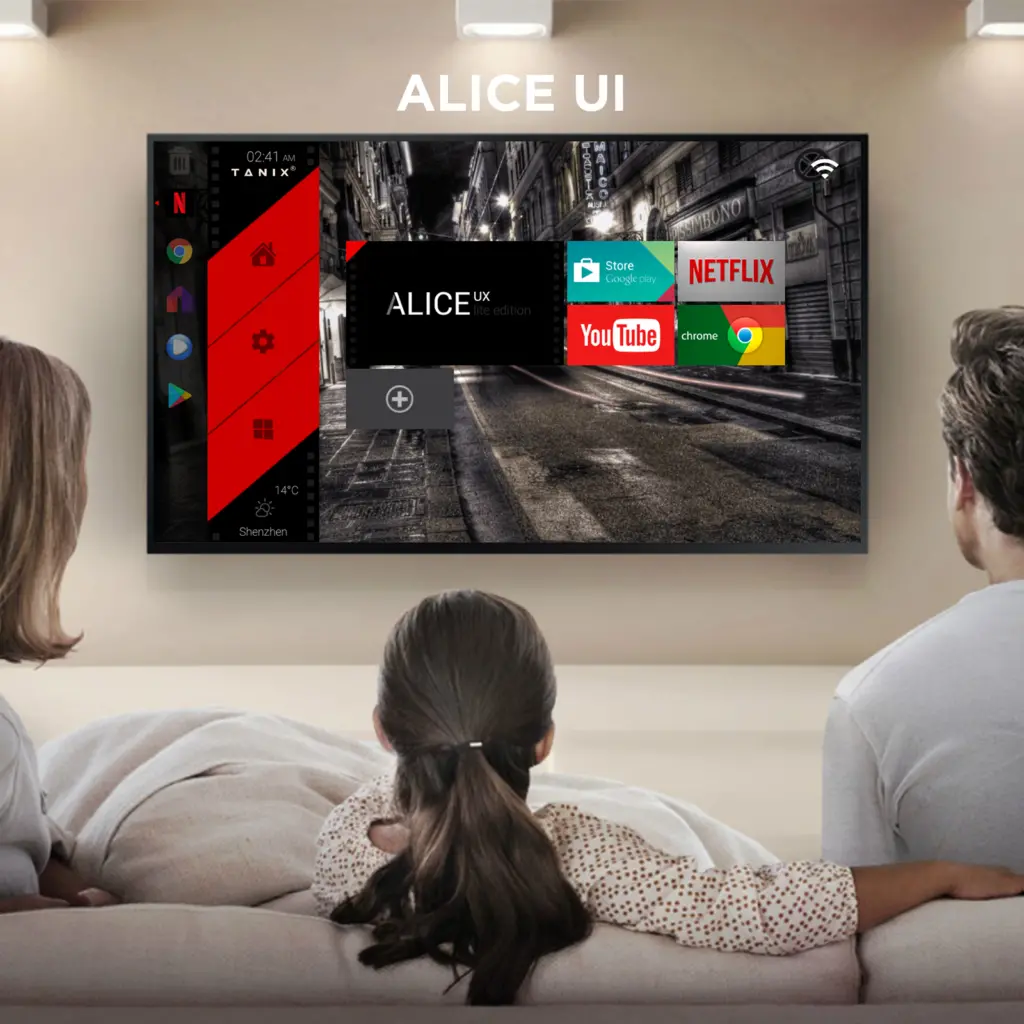In the world of home entertainment, the battle between Android TV boxes and traditional set-top boxes has been heating up. Both devices serve the purpose of delivering content to your television, but they do so in very different ways. To make an informed choice about which one suits your needs best, it’s crucial to understand the differences and similarities between these two options. In this article, we will provide a comprehensive comparison of Android TV boxes and set-top boxes.
1. Definition and Functionality
An Android TV box is a device that runs on the Android operating system, designed specifically for televisions. It allows users to access a wide range of content, including streaming services, apps, games, and more. With an Android TV box, you can transform your regular TV into a smart TV with internet connectivity.
Set-Top Box:
A set-top box, often provided by cable or satellite TV providers, is a device that decodes and translates signals to display television content on your screen. It is primarily used to access cable or satellite channels and may include features like DVR capabilities, on-demand content, and program guides.
2. Content and Services
Android TV boxes provide access to an extensive array of streaming services, such as Netflix, Amazon Prime Video, Hulu, YouTube, and more.
You can install a wide variety of apps from the Google Play Store, including games, productivity apps, and social media apps.
Some Android TV boxes support voice commands and have AI-powered recommendation systems.
Set-Top Box:
Set-top boxes offer access to cable or satellite TV channels and may include features like video-on-demand (VOD) and DVR functionality.
Traditional set-top boxes do not have the same level of app support as Android TV boxes, and their content offerings are limited to what the service provider offers.
3. Customization
Android TV boxes allow for extensive customization. Users can personalize their home screens, install and uninstall apps, and arrange content as per their preferences.
You have the flexibility to choose which streaming services and apps you want to use.
Set-Top Box:
Set-top boxes are more limited in terms of customization. The interface and features are often controlled by the service provider, leaving users with less control over the device’s appearance and functionality.
4. Cost
Android TV boxes are typically a one-time purchase. Once you have the device, you can access content for free (with ad-supported apps) or through subscription services.
Set-Top Box:
Set-top boxes are usually rented or included as part of a service package provided by cable or satellite TV companies. This can lead to ongoing monthly fees, which may increase over time.
5. Internet Connectivity
Android TV boxes require a reliable internet connection to access content. They can support both wired and wireless connections, but a stable internet connection is essential for smooth streaming.
Set-Top Box:
Set-top boxes receive content through cable or satellite signals and do not depend on an internet connection.
6. Future-Proofing
Android TV boxes are regularly updated with new features and improvements. This means your device can stay current with the latest streaming services and technology trends.
Set-Top Box:
Set-top boxes may become outdated as technology evolves, and service providers may not always upgrade their devices to keep up with the latest advancements.
In conclusion, the choice between an Android TV box and a set-top box largely depends on your preferences and needs. If you desire a broader range of content and customization options, an Android TV box is the way to go. On the other hand, if you mainly watch cable or satellite TV and appreciate a simpler, provider-managed experience, a set-top box might be more suitable. Ultimately, it’s essential to weigh the pros and cons of each and decide which best aligns with your home entertainment requirements.
